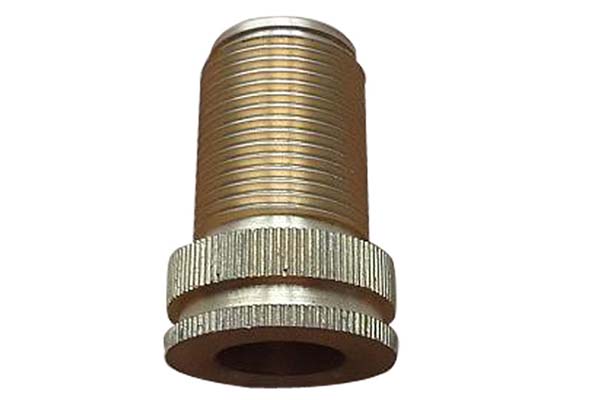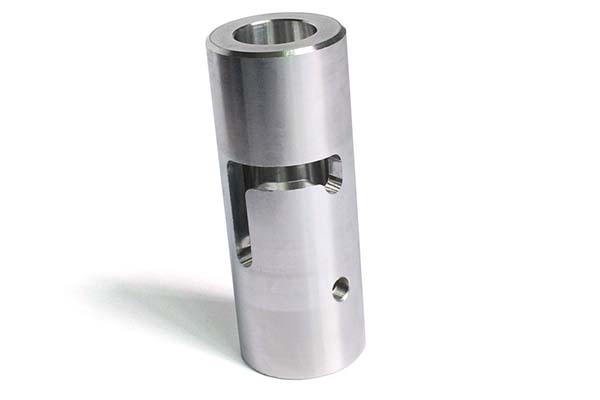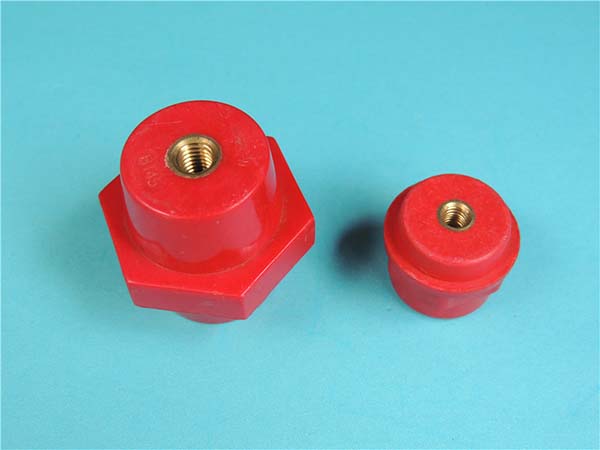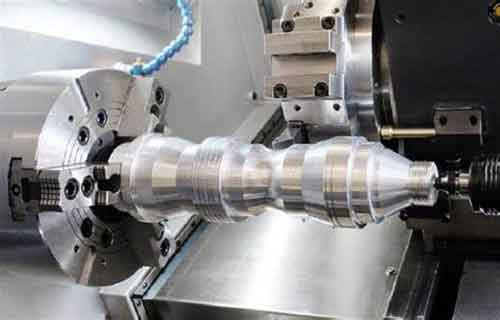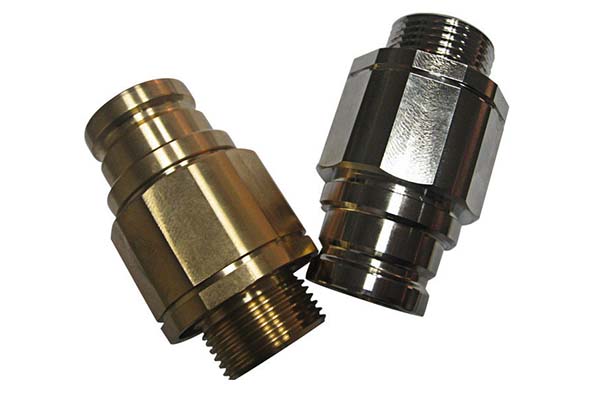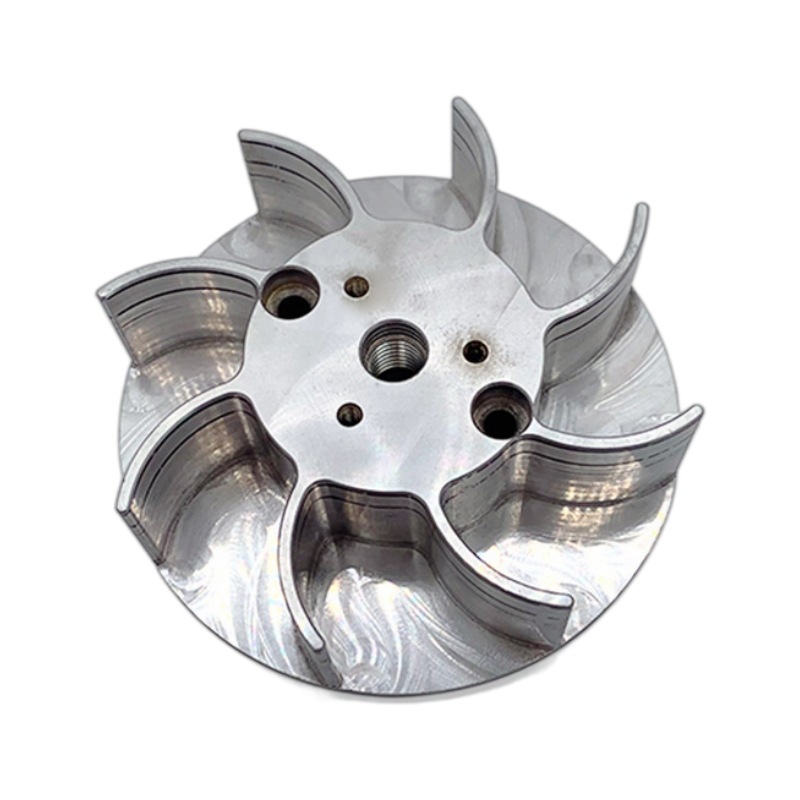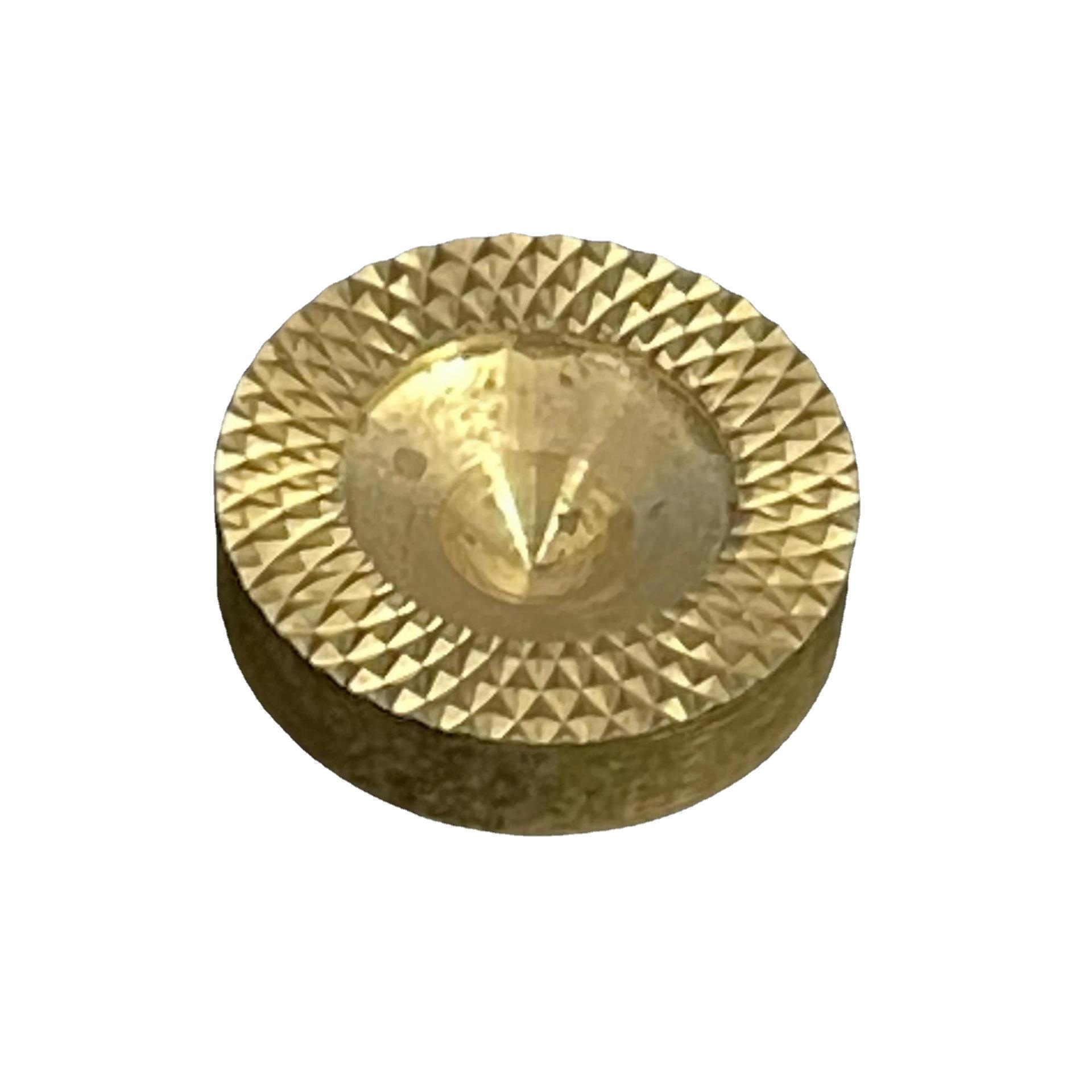Introduction
**
The Significance of Precision Machining Manufacturing
Precision machining manufacturing is the cornerstone of modern industrial development, playing a crucial role in a wide range of high - tech fields. In the aerospace industry, for example, precision - machined components are essential for the construction of aircraft engines and spacecraft. The tolerance requirements for engine parts such as turbine blades are extremely strict, often within the micron level. A tiny deviation in the shape or size of these blades can lead to significant changes in the engine's performance, affecting fuel efficiency, power output, and even flight safety. According to industry data, a 1% improvement in the precision of turbine blade manufacturing can increase engine efficiency by about 3 - 5%.
In the medical field, precision machining manufacturing is equally vital. Implantable medical devices like artificial joints and stents need to be precisely manufactured to ensure biocompatibility and proper functionality. For artificial hip joints, the surface roughness and dimensional accuracy must meet strict standards. A rough surface on an artificial joint can cause friction, leading to wear and potential loosening over time, while inaccurate dimensions can result in improper fit and discomfort for the patient. High - precision machining allows for the production of stents with precisely controlled mesh sizes, which is crucial for effective blood vessel dilation and prevention of restenosis.
Automotive manufacturing also heavily relies on precision machining. Components such as engine cylinders, transmission gears, and brake parts require high - precision manufacturing to ensure smooth operation, fuel economy, and safety. The precision of engine cylinder bores affects the sealing performance of the piston rings. If the bore diameter deviation is too large, it can lead to gas leakage, reduced engine power, and increased fuel consumption. In high - performance sports cars, the precision of transmission gears is even more critical, as it directly impacts the speed change smoothness and power transmission efficiency.
Key CNC Innovations Transforming Precision Machining
5 - Axis and Multi - Axis Machining
1. Understanding the Technology
Traditional 3 - axis machining, which operates along the X, Y, and Z linear axes, has long been a staple in manufacturing. However, it has its limitations. For instance, when machining complex - shaped parts, 3 - axis machining often requires multiple set - ups. Each set - up not only consumes time but also increases the risk of cumulative errors.
In contrast, 5 - axis machining adds two additional rotational axes, typically the A (rotation around the X - axis) and C (rotation around the Z - axis). This allows the cutting tool to approach the workpiece from a virtually unlimited number of angles. Multi - axis machining, which can include even more axes in some advanced set - ups, takes this flexibility a step further.
2. Benefits in Precision Machining
One of the most significant benefits of 5 - axis and multi - axis machining is the reduction in the number of set - ups. With the ability to access multiple sides of the workpiece without re - clamping, the overall production time is significantly shortened. This not only improves efficiency but also enhances the precision of the final product. For example, in the manufacturing of aircraft engine blades, which have complex airfoil shapes, 5 - axis machining enables the production of highly accurate blades in a single set - up. The precision achieved can reduce aerodynamic losses and improve the overall performance of the engine. Research shows that 5 - axis machining can reduce the production time of such complex parts by up to 50% compared to traditional 3 - axis machining, while also improving the dimensional accuracy by up to 50%.
High - Speed Machining (HSM)
1. Technological Breakthroughs
High - Speed Machining (HSM) represents a significant leap forward in manufacturing technology. The development of new cutting - tool materials is one of the key technological breakthroughs. For example, the use of super - hard materials such as cubic boron nitride (CBN) and polycrystalline diamond (PCD) has enabled cutting speeds that were previously unattainable. These materials can withstand the high temperatures and forces generated during high - speed cutting, allowing for much faster material removal rates.
In addition to tool materials, advancements in machine - tool structures and control systems have been crucial. Modern HSM machine tools are designed with high - rigidity structures to minimize vibrations during high - speed operation. The control systems are equipped with advanced algorithms for rapid and accurate interpolation, ensuring smooth and precise movement of the cutting tool.
2. Impact on Productivity and Precision
HSM offers substantial improvements in both productivity and precision. The higher cutting speeds and feed rates in HSM lead to a significant reduction in machining time. For example, in the production of automotive engine blocks, HSM can reduce the machining time by 30 - 40% compared to conventional machining methods. This is because the increased cutting speed allows for faster removal of material, while the optimized feed rates ensure efficient chip evacuation.
Moreover, HSM can improve the surface quality of the machined parts. The reduced cutting forces and shorter contact time between the tool and the workpiece result in less surface damage and a smoother finish. In a study comparing HSM with traditional machining for the production of aluminum alloy automotive parts, the surface roughness of parts produced by HSM was found to be 30 - 50% lower, which is crucial for applications where aesthetics and functional performance are important.
Adaptive Machining Systems
1. How Adaptive Machining Works
Adaptive machining systems are designed to continuously monitor and adjust the machining process in real - time. They use a variety of sensors to collect data on various parameters such as cutting force, temperature, and tool wear. For example, strain - gauge sensors can be used to measure the cutting force, while infrared sensors can monitor the temperature of the cutting zone.
Based on the data collected, the system's control unit uses advanced algorithms to analyze the current machining conditions. If any deviations from the optimal parameters are detected, the system automatically adjusts parameters such as the cutting speed, feed rate, or cutting depth. For instance, if the cutting force exceeds a pre - set threshold, the system can reduce the feed rate to prevent tool breakage and ensure a stable machining process.
2. Advantages in Precision and Consistency
The ability to adapt to changing machining conditions in real - time offers several advantages in precision machining. By maintaining optimal cutting conditions, adaptive machining systems can significantly improve the accuracy and consistency of the machined parts. In the production of electronic components, where tight tolerances are crucial, adaptive machining can reduce the dimensional variation of parts by up to 50%. This leads to a lower reject rate, as parts are more likely to meet the strict quality standards. For example, in the manufacturing of micro - connectors, adaptive machining ensures that the dimensions of each connector are within the required tolerance range, improving the overall reliability of the final product.
Real - World Examples of CNC - Driven Precision Machining Success
Case Study 1: Aerospace Industry
In the aerospace industry, a leading aircraft engine manufacturer faced challenges in improving the performance and reliability of its engine components. The company decided to adopt advanced CNC innovation in the machining of turbine blades.
Before the adoption of the new CNC technology, the production process involved multiple set - ups using traditional 3 - axis machining. This led to longer production times and a relatively high reject rate due to cumulative errors. The surface roughness of the turbine blades was around Ra 1.6 - 3.2μm, and the dimensional accuracy had a tolerance of ±0.1mm.
After implementing 5 - axis CNC machining, the situation changed dramatically. The new technology allowed for a single - set - up production process, reducing the production time by 40%. The surface roughness of the turbine blades was improved to Ra 0.8 - 1.6μm, and the dimensional accuracy tolerance was reduced to ±0.02mm. This significant improvement in precision enhanced the aerodynamic performance of the engine. The engine's fuel efficiency increased by 8%, as the more precise blades reduced air resistance and improved the combustion process. Additionally, the engine's power output increased by 5%, contributing to better aircraft performance and reliability.
Case Study 2: Medical Device Manufacturing
A medical device company specialized in the production of orthopedic implants. The company aimed to enhance the quality and safety of its artificial hip joints, which required extremely high - precision manufacturing.
Previously, the manufacturing process relied on conventional machining methods, which had limitations in achieving the required precision for the complex geometry of the artificial hip joints. The fit between the ball and socket of the hip joint had a relatively large tolerance, which sometimes led to issues such as discomfort for the patient and premature wear of the implant.
By integrating high - speed machining (HSM) and adaptive machining systems, the company achieved remarkable results. HSM enabled faster material removal while maintaining high precision. The adaptive machining system continuously monitored the machining process, adjusting parameters in real - time to ensure consistent quality.
As a result, the surface finish of the artificial hip joints was significantly improved, reducing the friction coefficient by 30%. The dimensional accuracy was also enhanced, with the tolerance of the ball - and - socket fit reduced by 60%. This not only improved the comfort of the patients but also increased the lifespan of the implants. The company's product failure rate decreased from 5% to 1%, demonstrating the effectiveness of CNC - driven precision machining in the medical device manufacturing industry.
Yigu Technology's Perspective
As a non - standard plastic metal products custom supplier, Yigu Technology highly values the role of CNC innovation in precision machining manufacturing. In the realm of non - standard product manufacturing, every project has unique requirements. CNC innovation, such as 5 - axis machining and adaptive machining systems, enables us to meet these complex custom needs more effectively. For example, when manufacturing custom - shaped plastic components for a specific industrial equipment, 5 - axis machining allows us to create intricate geometries in one operation, reducing the need for multiple set - ups and thus improving the overall precision.
Moreover, CNC - driven high - speed machining and AI - integrated quality control enhance product quality. High - speed machining not only shortens production time but also results in a better surface finish for plastic and metal parts. AI - integrated quality control systems can detect the slightest defects in real - time, ensuring that the products meet the highest quality standards. By leveraging these innovative technologies, Yigu Technology is committed to providing customers with high - quality, customized solutions that drive their business success in a competitive market.
FAQs
1. How does 5 - axis machining improve the precision of complex parts?
5 - axis machining improves the precision of complex parts in several ways. Firstly, by having two additional rotational axes (A and C in addition to the X, Y, and Z linear axes), it allows the cutting tool to access the workpiece from multiple angles. This reduces the need for multiple set - ups. In traditional 3 - axis machining, multiple set - ups can introduce cumulative errors due to the re - clamping process. With 5 - axis machining, the part can be machined in a single set - up, minimizing these set - up errors. Secondly, it enables the machining of complex curved surfaces with greater accuracy. For example, in the production of aerospace components like turbine blades, the complex airfoil shapes can be more precisely replicated. The tool can follow the intricate contours of the part more smoothly, resulting in a more accurate final product with better surface finish and dimensional accuracy.
2. What are the main challenges in implementing high - speed machining?
The main challenges in implementing high - speed machining include rapid tool wear. The high cutting speeds generate a significant amount of heat, which can cause the cutting tool to wear out quickly. To address this, advanced cutting - tool materials such as cubic boron nitride (CBN) and polycrystalline diamond (PCD) are used. Another challenge is machine - tool vibration. High - speed operation can induce vibrations in the machine structure, which can affect the surface quality and dimensional accuracy of the machined parts. Manufacturers combat this by designing high - rigidity machine - tool structures. Additionally, the cooling system requirements are high in high - speed machining. Adequate cooling is essential to dissipate the heat generated during cutting and to ensure the stability of the machining process. Specialized cooling fluids and efficient cooling methods are often employed to meet these demands.
